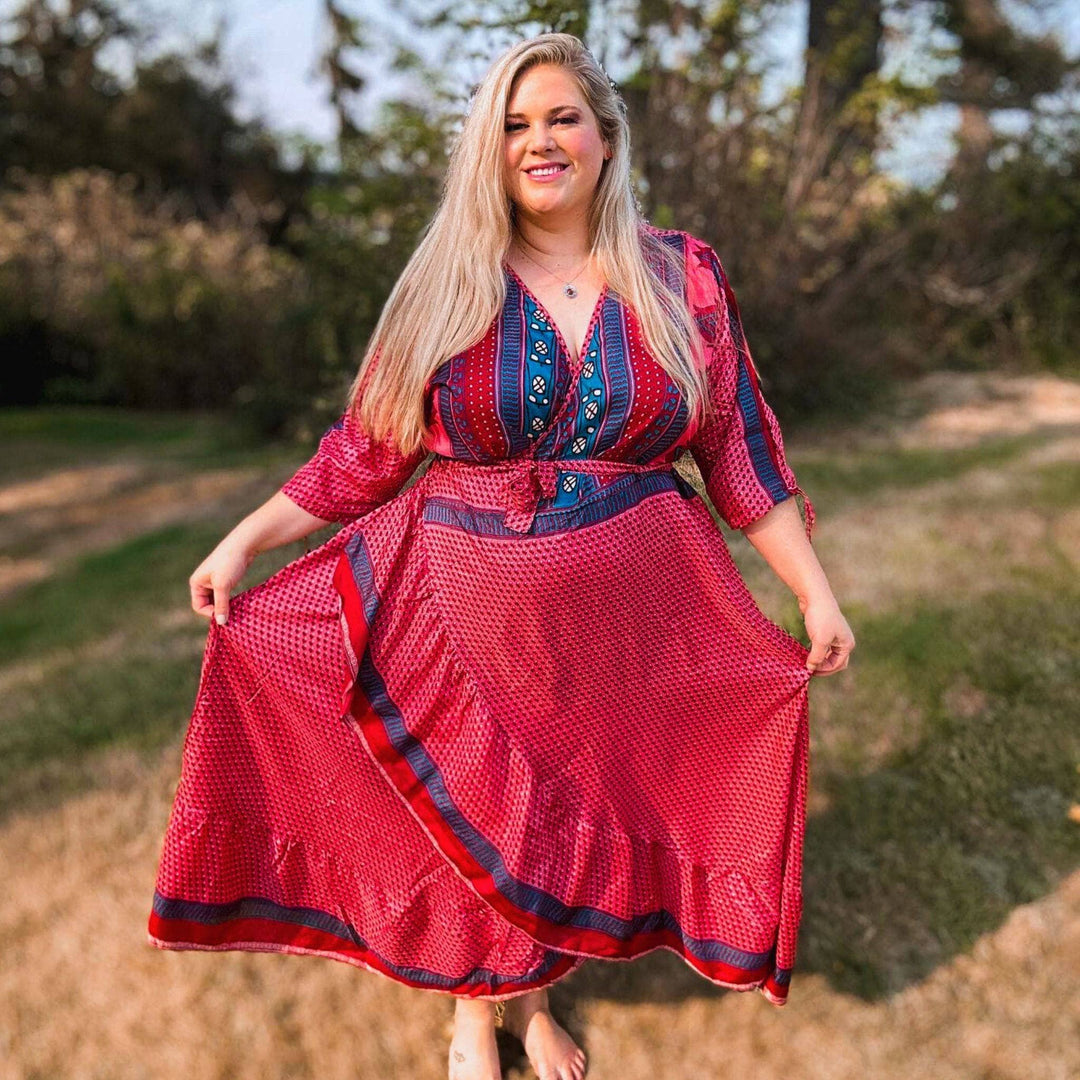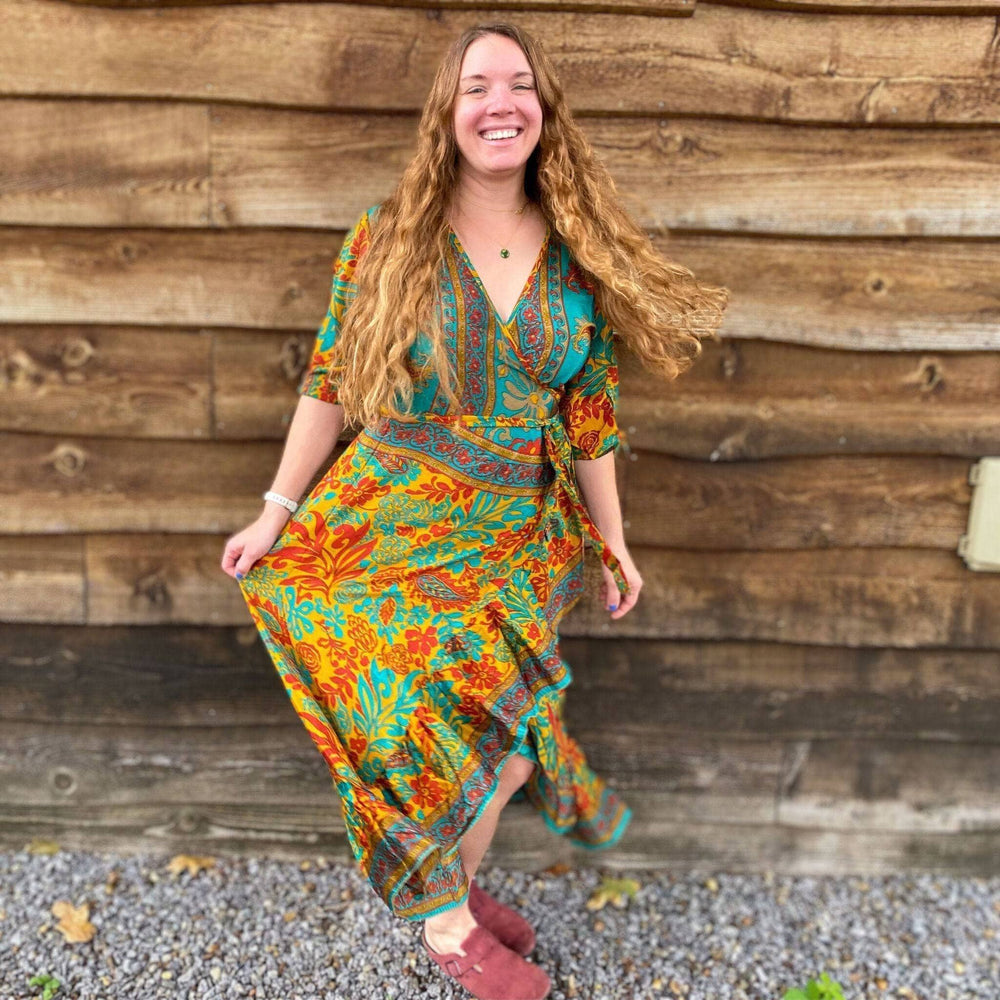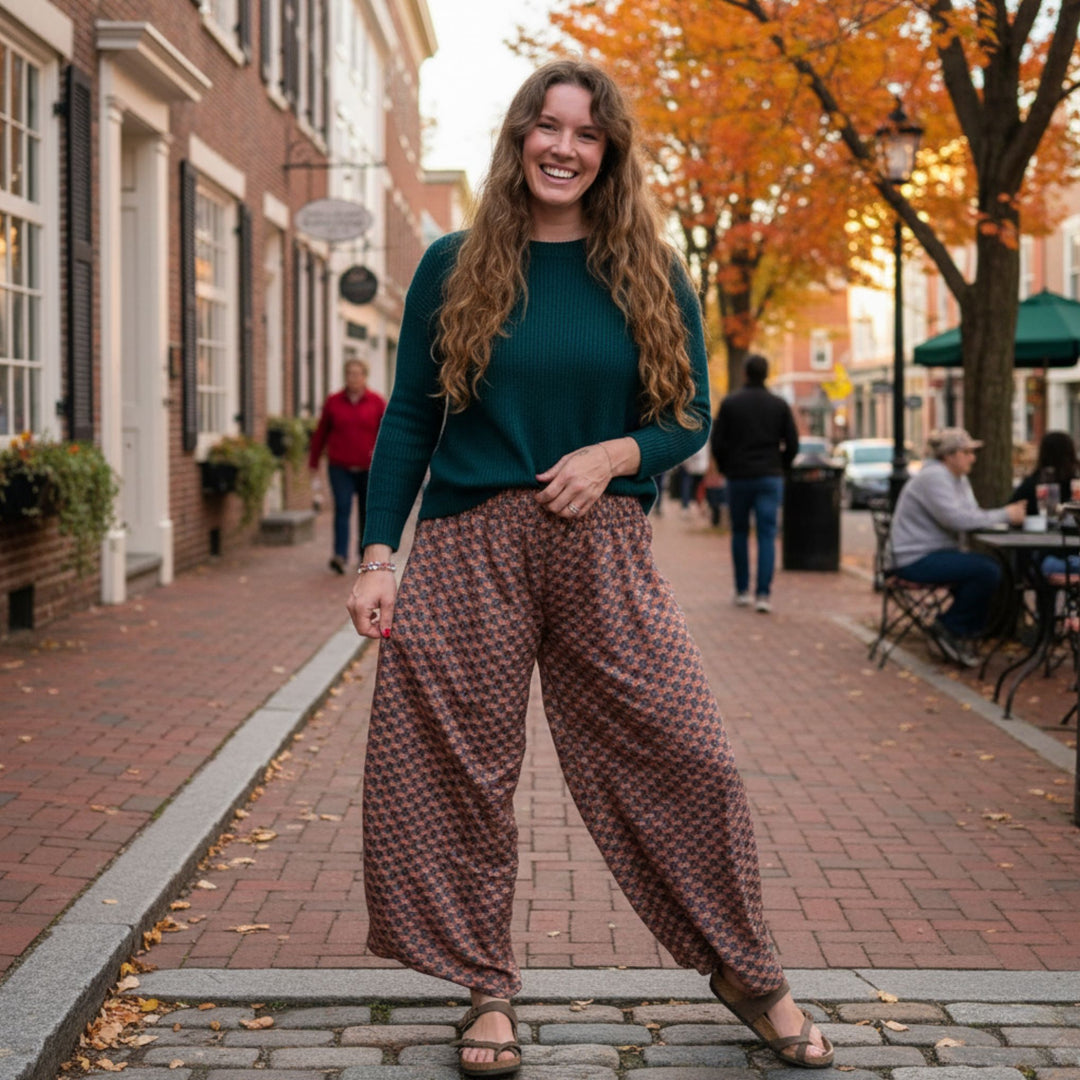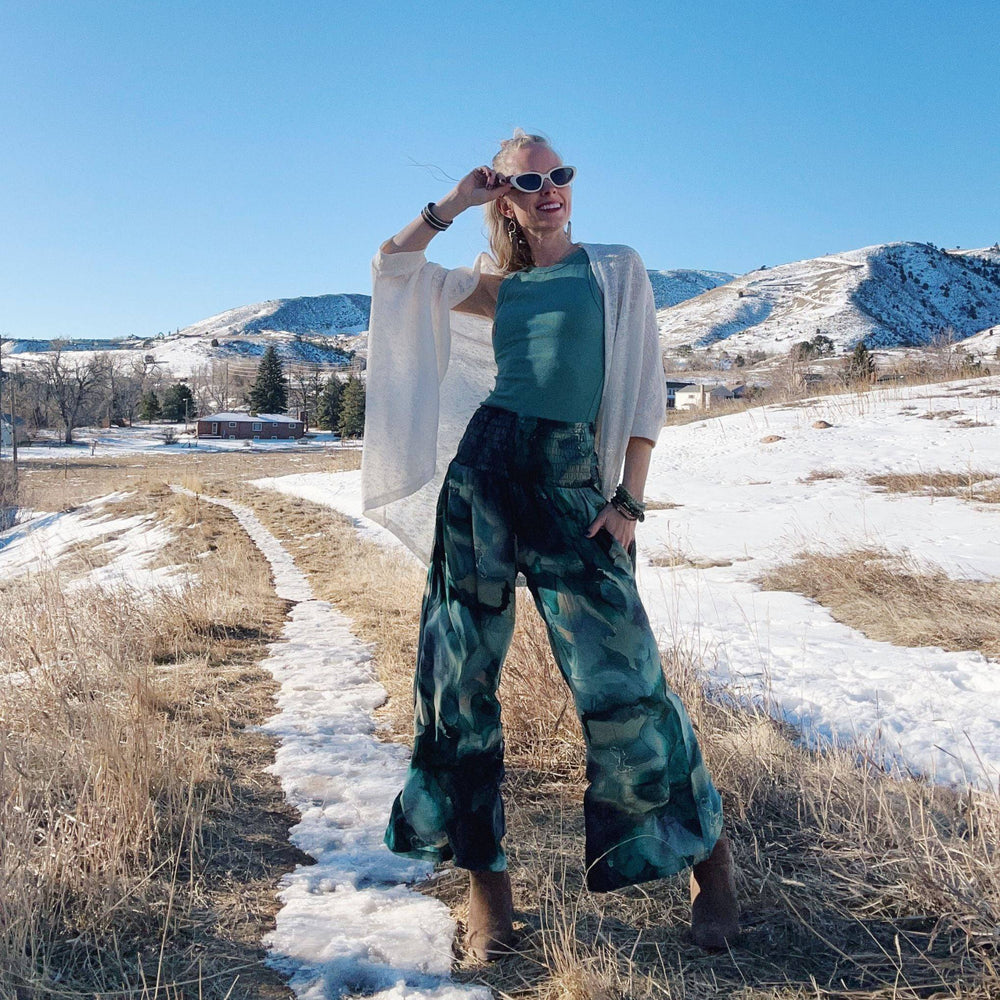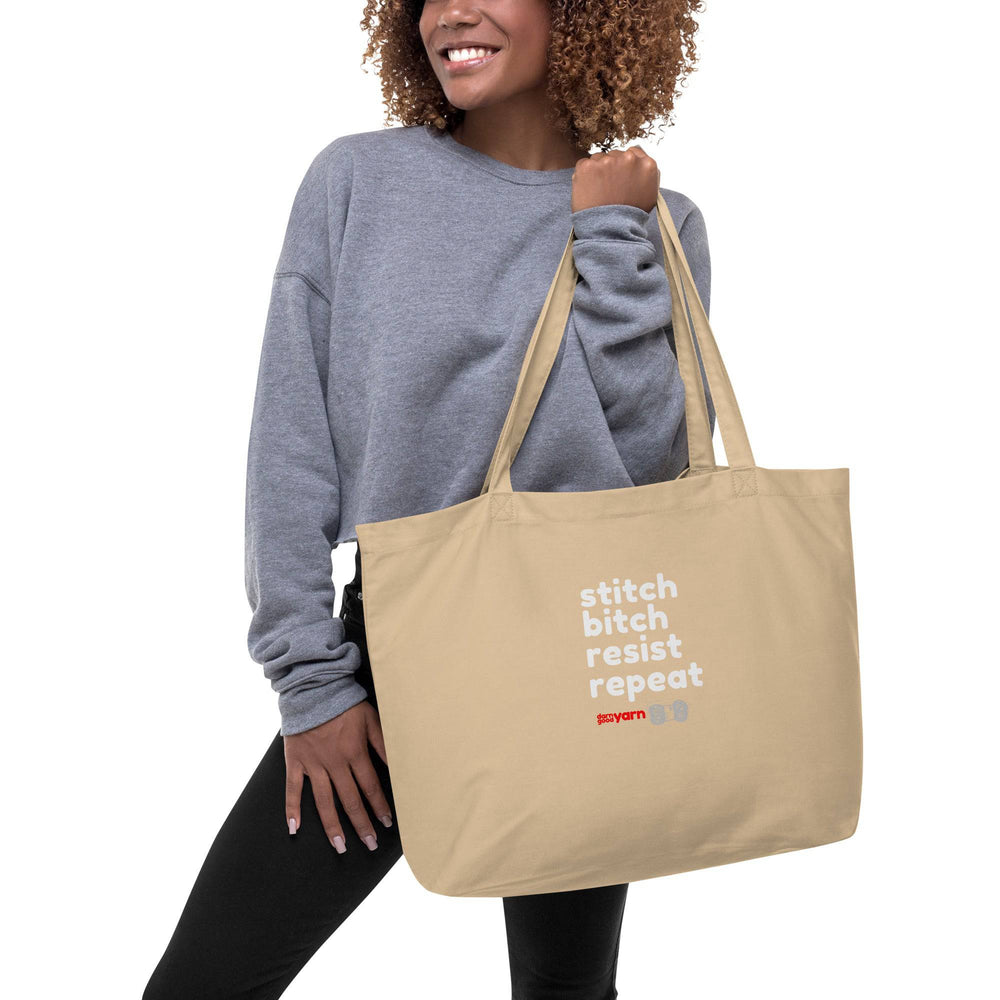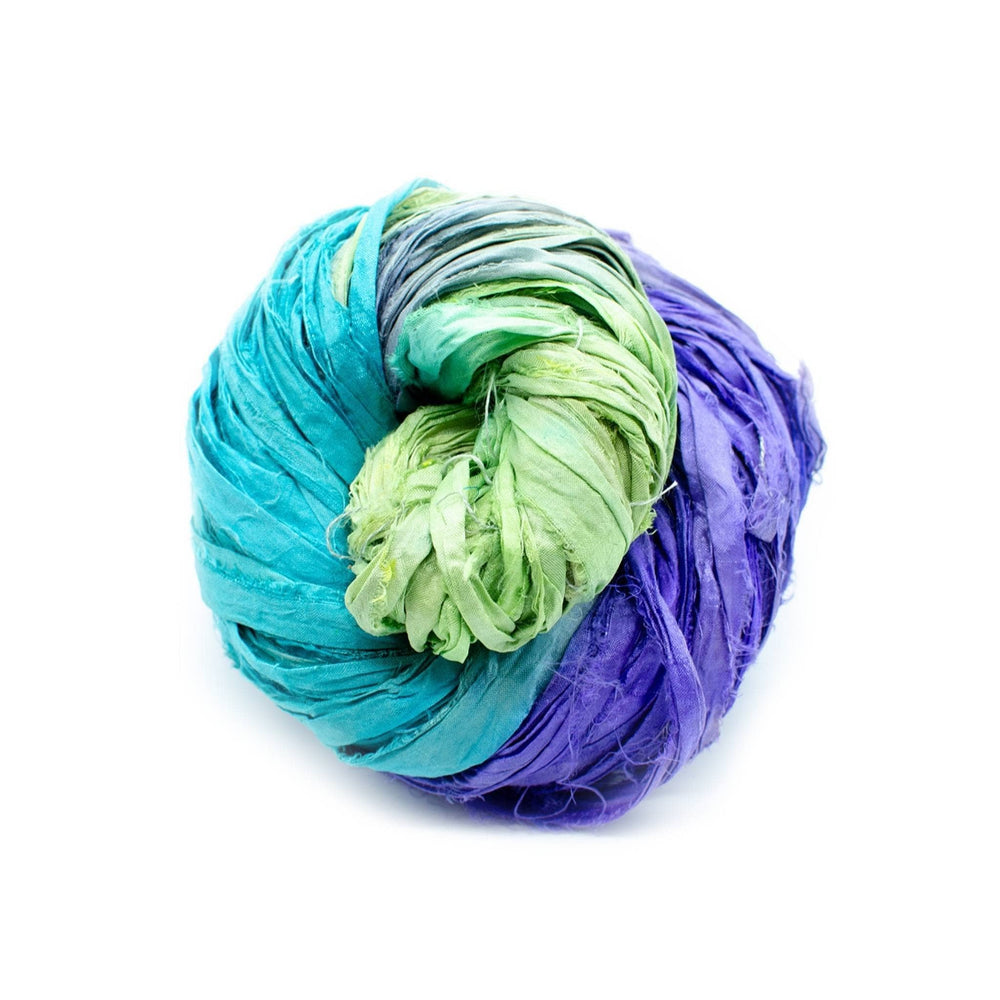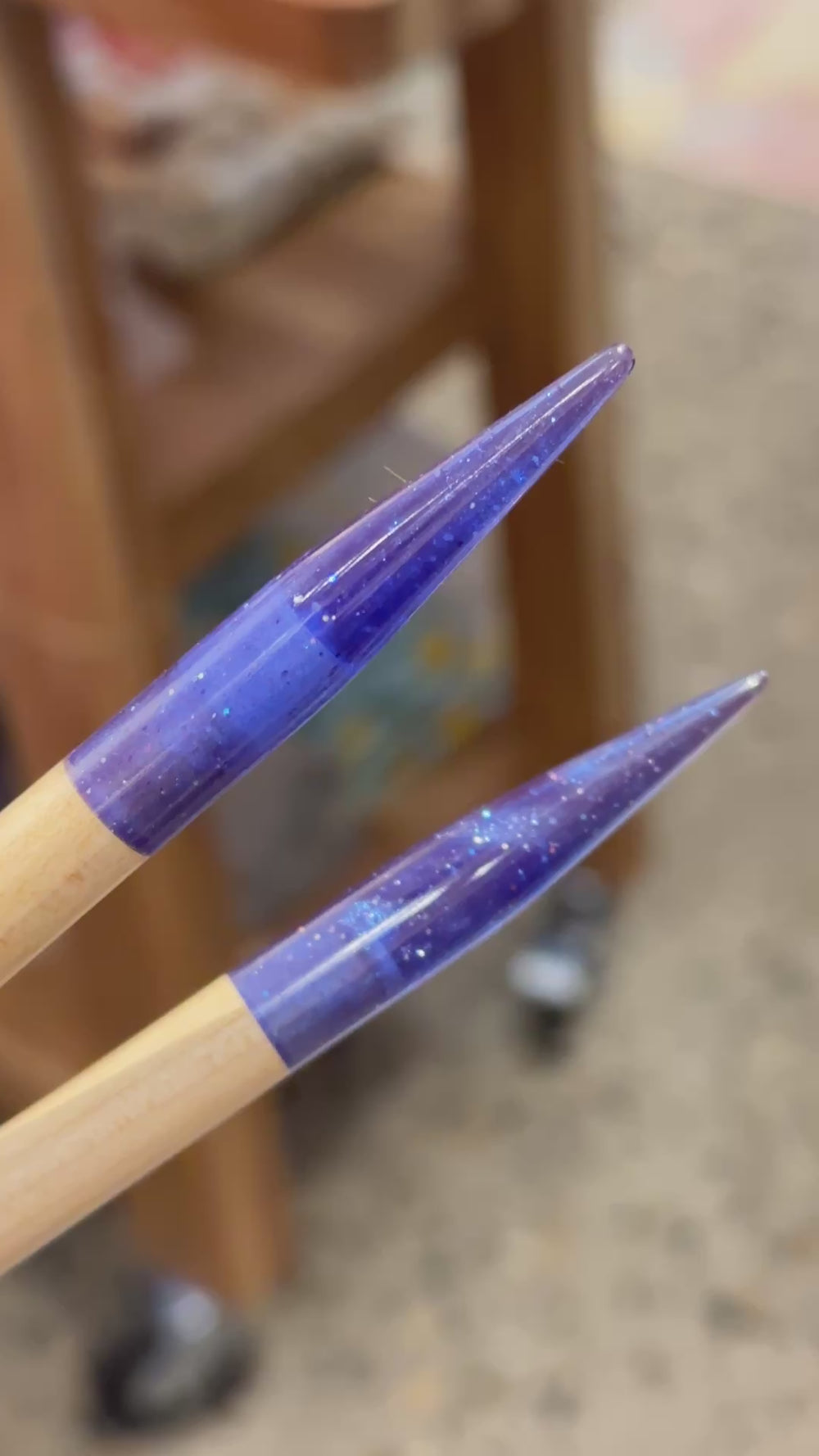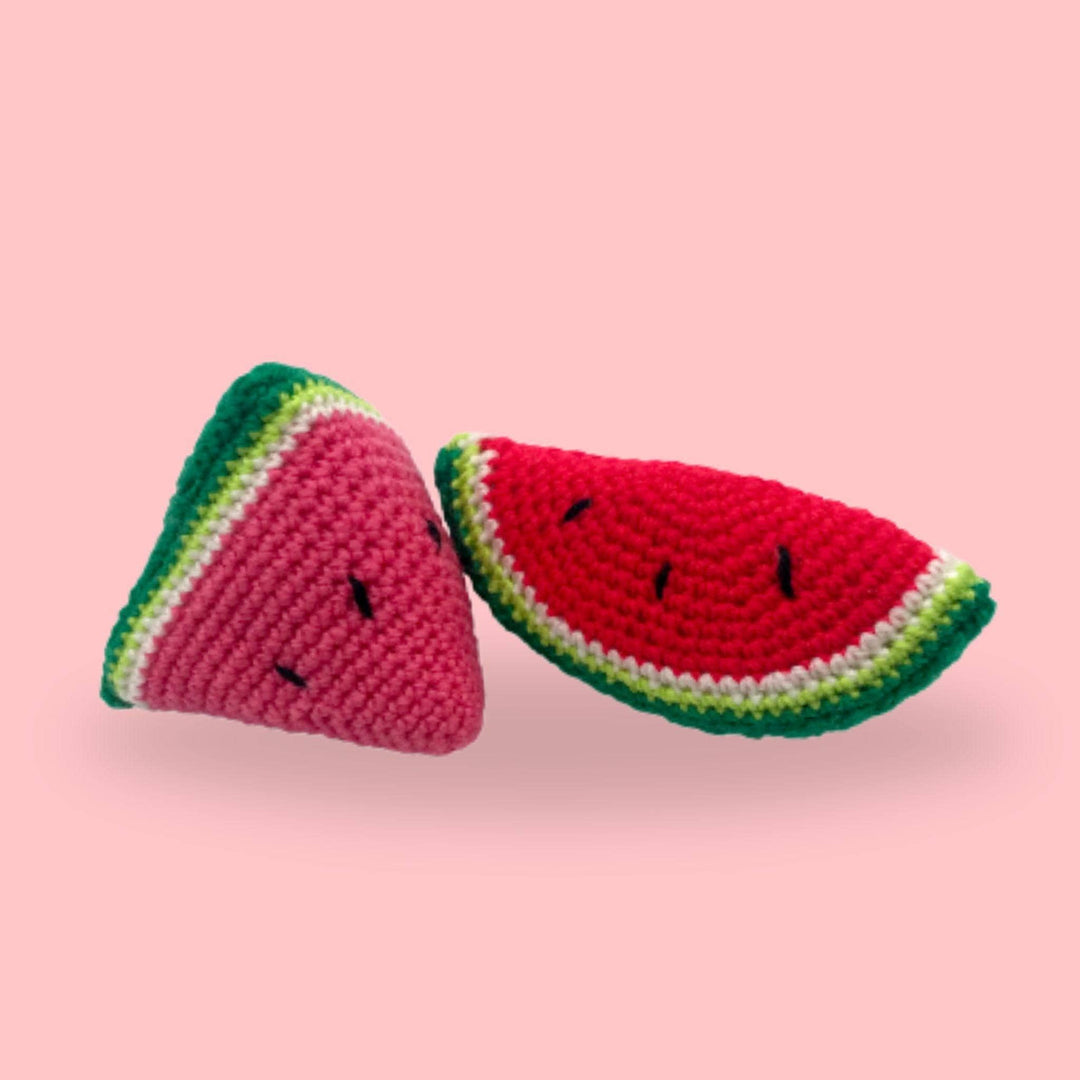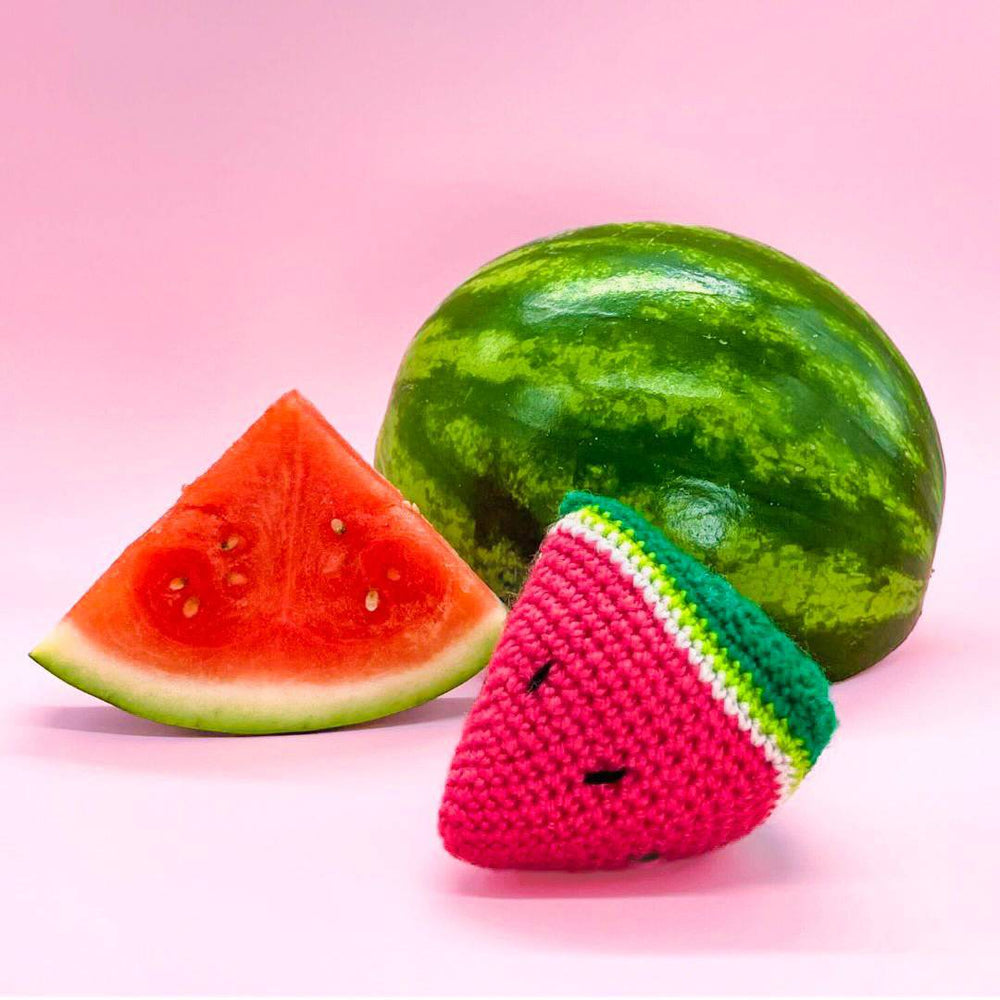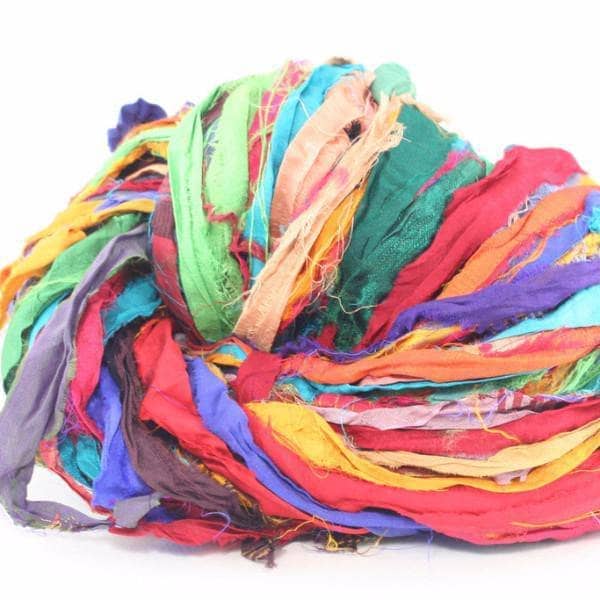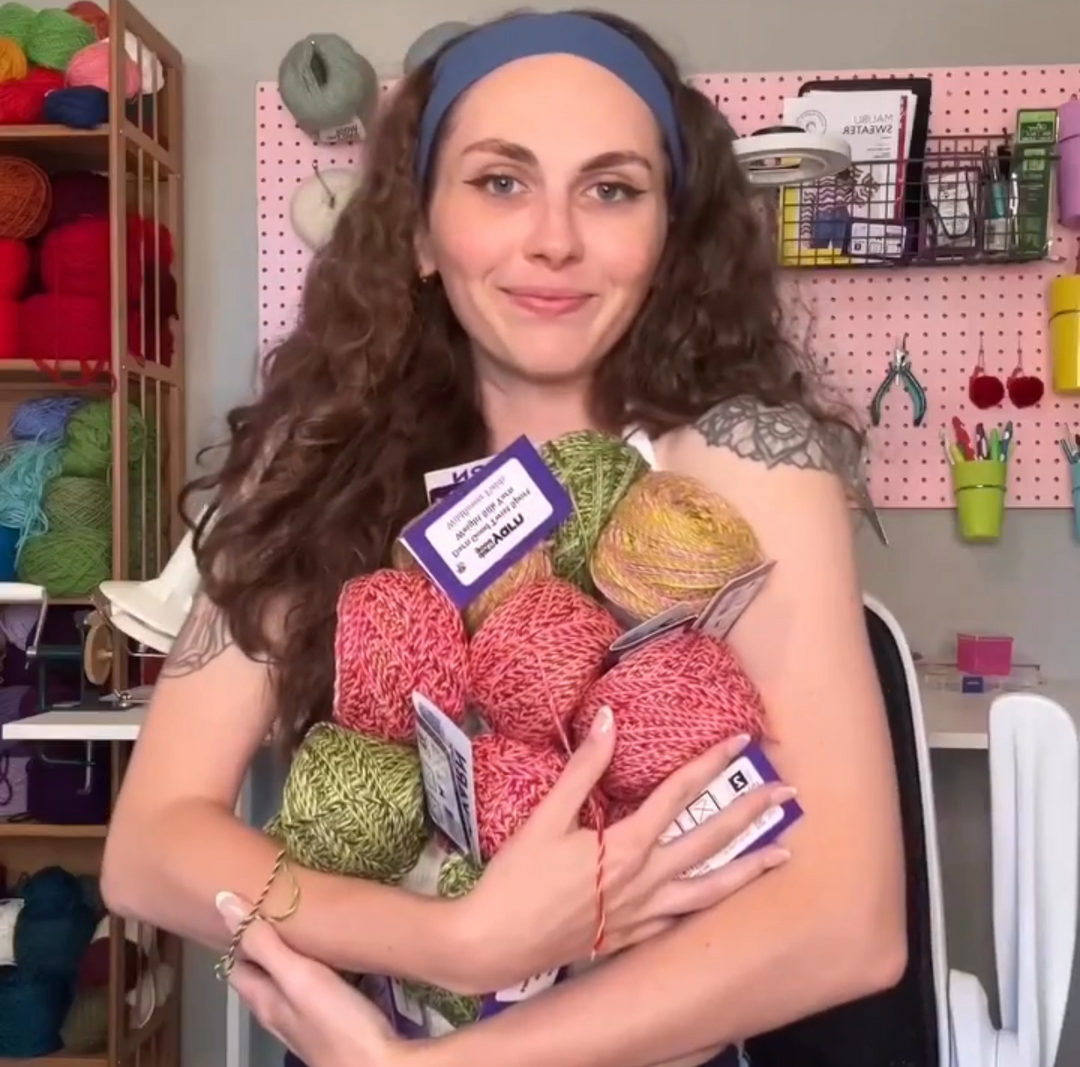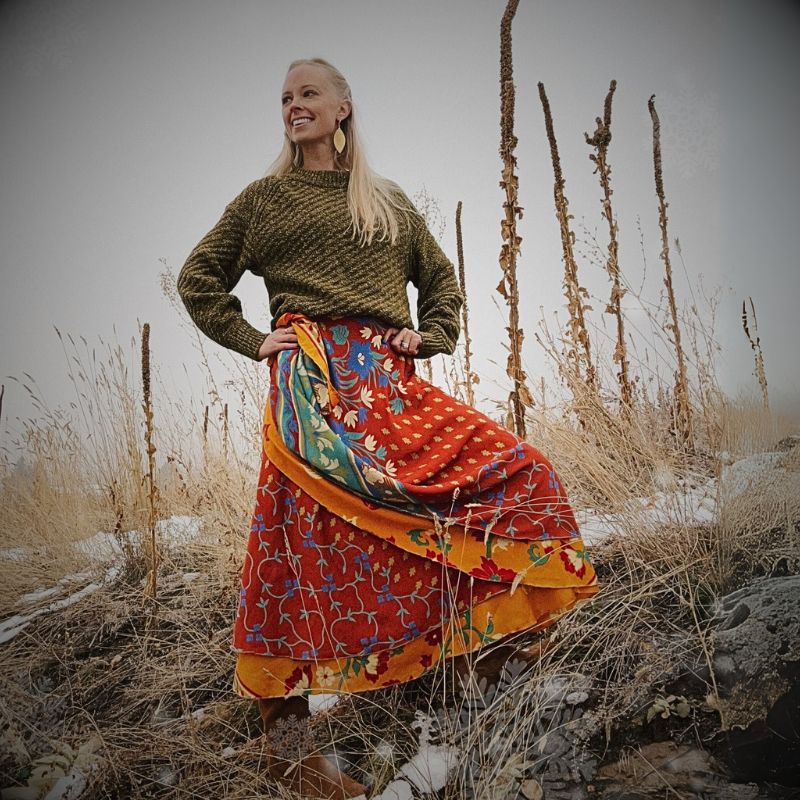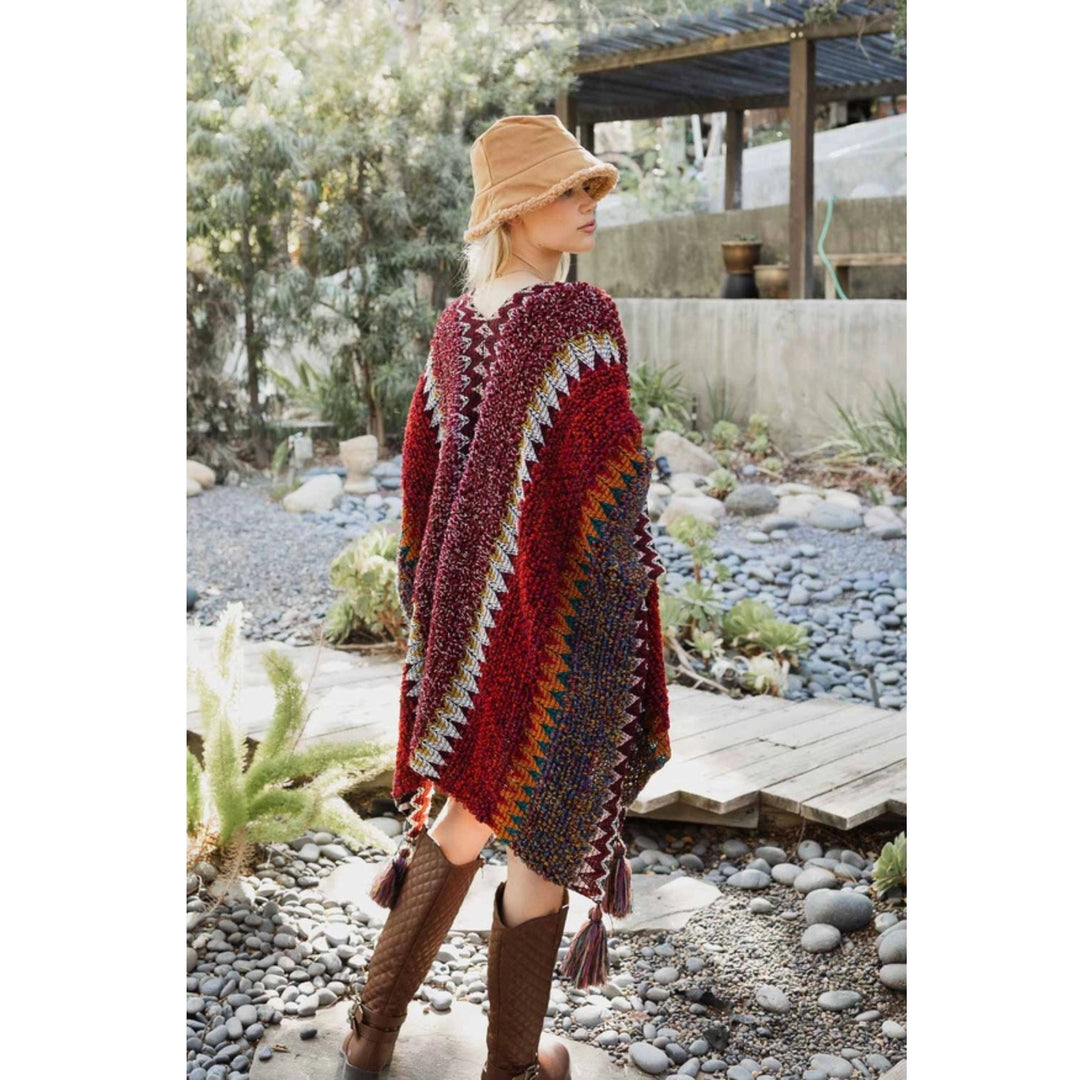
Name: Kitty Quitmeyer @well.read.panda on Instagram
@well.read.panda on Instagram
Check out Kitty's awesome website and beautiful designs on Ravelry:
 http://www.wellreadpanda.com/
http://www.wellreadpanda.com/
 @vinyloscar on Ravelry
@vinyloscar on Ravelry
Also, make sure you check out Digital Naturalism Laboratories - an amazing prototyping studio and maker space Kitty and Kitty's partner, Andrew, started in 2019!
 Digital Naturalism Laboratories
Digital Naturalism Laboratories
 @digital.naturalism.labs - Digital Naturalism Labs on Instagram
@digital.naturalism.labs - Digital Naturalism Labs on Instagram
About The Artist:
Kitty is a yarncrafter who is passionate about red pandas, books, and the environment. Kitty donates half of the profits from any commissions to charities like Oxfam, Red Panda Network, and the like.
Kitty and Kitty's partner, Andrew Quitmeyer, co-founded a maker space in the Panamanian forest two years ago, and have a pretty active IG page under @digital.naturalism.laboratories- There you can find some cool rainbow plastic sheets (IG post above) they’ve been making out of some waste 3D printer filament from a neighboring lab which is perfect for pride month!
You can find more information on Kitty and Andrew's maker space at dinalab.net.
Q and A with the Artist
1. Which of your creations is the most meaningful to you?
It’s hard to say which creation is the most meaningful! I think I’m most proud of a collaboration my partner, Andrew, and I worked on in 2017 for the Creativity and Cognition conference in Singapore.
It was a performance called Yarncraft and Cognition, and in it, I knitted while having some of my brain activity displayed on a model of a brain that I crocheted and my partner programmed with LEDs. It’s a little hard to describe this performance, but what I wanted to communicate was the way that crafting soothes my mind and reduces my anxiety.
During the performance, it was notable that my heart rate increased whenever an audience member interacted with me, and dropped back down whenever I was able to focus fully on the crafting, which I think is a nice illustration of how social anxiety works and the way that crafting helps me cope with it. We made a short video of this performance, which was held in the Art Science Museum of Singapore.
2. When did you first start creating?
I started knitting as a child, probably around the age of seven, when my mother and grandmother taught me. For years, I just knitted scarves, and in college I started making hats, but in the past ten years, I’ve really expanded my practice to include crochet, embroidery, amigurumi with both knitting and crochet, and some macrame, which I picked up as a new hobby during the pandemic.
3. Which aspects of your life have inspired your art the most?
I think my lifelong anxiety has really fueled my creative process. There is something very soothing about working with my hands, and I believe that it helps me to enter the “flow state” described by the psychologist Mihaly Csikszentmihalyi. Creating something physical helps me to escape panicky thought patterns and engage in the world around me. Following patterns like those found in knitting and crochet projects also brings a sense of order to the world, which can otherwise appear bewildering and overwhelming.
A while ago, I drew a comic for the Craft Yarn Council that talked about yarn and money and also addressed some of the mental health benefits I derive from crafting.
https://www.craftyarncouncil.com/blog/yarn-such-money-0
4. What was the most difficult piece of art that you’ve ever created?
The most difficult art I’ve made is probably my work with plarn, or upcycled yarn made from single-use plastic. Plarn is a very rewarding medium, but it can also be less pliable and more difficult to work with than regular yarn. Additionally, I make my own plarn, which entails collecting trash from my neighbors and littered garbage, cleaning it, cutting it with scissors or a rotary cutter (a simple process, but one that can lead to repetitive stress injuries), and organizing it into balls and skeins before it’s usable.
Plarn can be tough to make and work with, but the upside is that it diverts waste from landfills and litter, it’s totally free, and you get some really fantastic effects with it. I’ve done lots of stuff with plarn, from making water bottle slings to cushions to art installations, like the plarn turtles I made as part of a “Crocheted Coral Reef” project with Yarnbombing Singapore (plarn turtle in lower left - this was a collaboration with a big group, so I only made about 10%-20% of the items on display here). The Crocheted Coral Reef was part of the Eco Film Festival 2018 in Singapore. You can find more plarn creations on my IG.

If you're curious about plarn, you can learn more HERE!
5. What has been your experience as an LGBTQIA+ artist and how has that influenced your creative process or pieces?
Although my partner and I are in a straight-passing relationship and benefit from the associated privileges, we are both queer, and I identify as bisexual. I grew up in a fairly privileged and hermetic suburb, and it often felt like there were only a couple of ways to be a valid community member, none of which allowed for nuance or nonconformism. Luckily for me, my parents emphasized that it was OK to be different and explicitly said that they would accept my sexuality, whatever it might turn out to be. Voices from the LGBTQIA+ Community help me remember that the human experience is a broad and beautiful rainbow, and there is no one correct way to be a person.
In brief, the acceptance of diversity and nuance I’ve seen in the LGBTQIA+ community helps me to tune out the conformist messages I absorbed in my childhood and respect my own needs and intuitions.
6. What advice would you give to young artists or artists who are just starting to create?
I would encourage anyone who is just starting to create to focus on the pleasure of the process instead of just the outcome. I know that I can be a perfectionist, and sometimes I can only focus on the flaws of my finished creations. We are often conditioned to emphasize the importance of the “finished project,” but I think that the true value of crafting for me lies in the ongoing act of creation.
7. Do you have anything planned for the future- whether that be in your life or for your art?
I think a lot of my future work lies in upcycling. At Digital Naturalism Laboratories, the maker space my partner and I run in Panama, we recently acquired a plastic shredder. With the plastic we shred, we’ve been making jewelry and scientific equipment such as insect incubators out of plastic lids, unusable 3D printer filament from other labs, and all kinds of garbage! Check our IG @digital.naturalism.laboratories for lots of examples.
In the intersection of fiber art and upcycling, I’ve been making lots of hanging plant propagators with plarn and other garbage (pics on my personal IG), and I’m also working on a meditation cushion that will be about 90% plarn. I’ve also been making baby blankets with yarn scraps for a Panamanian organization called Mantitas de Amor (@mantitasdeamor on IG), which gives baby blankets to underprivileged young mothers.
With traditional yarn, I’ve been working my way through the excellent crochet pattern collection “Amigurumi Wildlife Adventure” by Airali Design and Irene Strange. I already made the pygmy sloth, the whale shark, and the red panda (my personal favorite), and I’m currently working on the adorable pangolin.
I love using the recycled and upcycled yarns from Darn Good Yarn, and I’m planning on doing some yarnbombing with some recycled herbally-dyed silk I got recently! It kind of seems like a shame to use such a beautiful yarn for anything other than clothes, but I really want to do some yarnbombing at our lab here in Panama, and I like the idea of being able to use natural materials, since I don’t want to introduce synthetics into the local environment, which supports many endangered and vulnerable animals and plants.

 Rewards
Rewards




